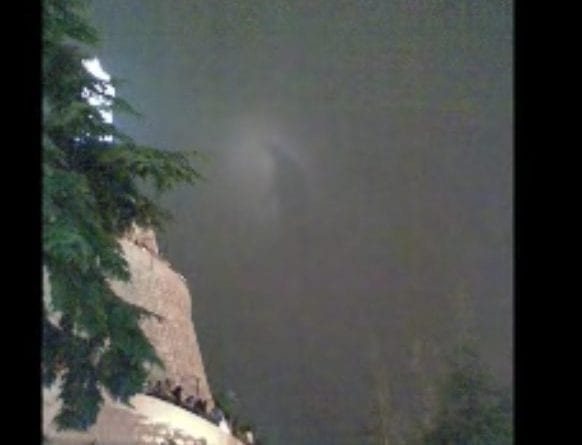The Apparition of Virgin Mary-Harissa, Lebanon Powerful video
“The Virgin Mary appeared to me during the war years. The year Syrian’s regime assad the father decided the time had come to kill the Lebanese CHRISTIANS. She was first spotted under the neighbors huge eucalyptus tree. Some people did not see it but I did very clearly yet my cousin was not able to see it. her faith she was told by a priest was not strong enough. I will remember that all my life and I know that when I die she will come to take me to her kingdom. I am done with the people on earth full of hate, sins and what not. I am ready for the day ahead.


CNS/Dalia KhamissyPeople visit the Shrine of Our Lady of Lebanon in 2012 in the village of Harissa near Beirut. Muslims and Christians alike come to the shrine. (CNS photo/Dalia Khamissy) See HARISSA-SHRINE-MARY May 24, 2016
previous3 PHOTOSnextPHOTO GALLERIES Sha
HARISSA, Lebanon (CNS) — High on a summit overlooking the Mediterranean, Our Lady of Lebanon stands majestically with her arms outstretched, welcoming her children.
Muslims and Christians alike come to the shrine, 16 miles north of Beirut.
To Muslims, Mary is known in Arabic as “Seidatna Maryam,” Our Lady Mary. Even though Muslims do not believe that Jesus is the Son of God, in the Quran, a chapter is devoted to Maryam.
In Lebanon, the feast of the Annunciation, March 25, is celebrated by Christians and Muslims as a national holiday.
Some Muslims come to Harissa for tourism to enjoy the spectacular views from the shrine’s 1,886-foot summit, and some Muslims even visit its churches to pray, said Maronite Father Younen Obeid, rector of Harissa.
“It depends on each person. But for sure, all of them have a big respect for Mary,” he said of the Muslim visitors.
At times, one can see as many Muslim pilgrims in Harissa as Christian. Thousands of Muslim pilgrims come from Iran each year, for example.
During the Marian month of May, the shrine receives about 1 million visitors, Father Obeid said. For Lebanese, particularly Maronite Catholics who have a deep devotion to Mary, this May pilgrimage is an annual tradition.





